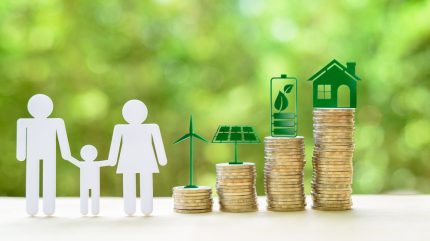
European households are recognising the need to combat climate change and reduce energy bills by adopting sustainable green solutions. Installing solar panels is a fast and effective way to gather ‘free’ energy, and with the growing popularity of electric vehicles (EVs), careful management and storage of solar energy, is becoming an essential component to zero-carbon living.
The growth of residential solar and battery storage in Europe over the next decade is expected to be significant, due to a combination of factors including falling technology costs, changes in incentive structures, and the digitalisation of energy grids. According to the International Energy Agency (IEA), the cumulative renewable electricity capacity in Europe is expected to increase by nearly 60%, with solar PV expected to take the lead.
The European Commission’s REPowerEU strategy proposes increasing the share of renewables in final energy consumption to 45% by 2030. To achieve this objective, 600 GW of solar photovoltaic (PV) capacity will be required by 2030. Now is the perfect time to introduce new future-ready solutions to the market.
For the residential sector, energy collection and storage solutions need to be more than just efficient. Anything that resides in the family home needs to be safe, quiet, and aesthetically pleasing.
The LUNA2000-7/14/21-S1 (Luna S1) from Huawei PV ticks all these boxes. Heralded by Huawei as its flagship residential solution, the Luna S1 is a modular system that sits neatly on the outside wall of your home. The one-fits-all solution from Huawei covers the following core equipment: Smart Energy Controller, Smart Module Controller, Smart Energy Storage System, Smart Charger, EMMA (Energy Management Assistant), SmartGuard, Smart Design and Smart PVMS.
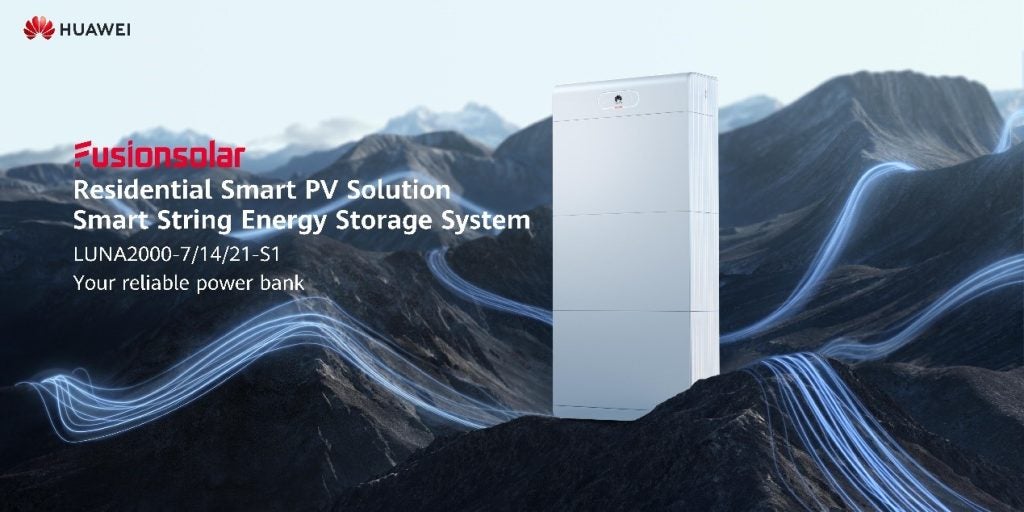
Huawei sees this solution as a way into the homes and hearts of Europeans, fed up with high energy prices and lack of grid and charger solutions for their EVs.
Efficient and reliable power bank
According to Huawei, the Luna S1, with its extended product lifespan, has already provided stable and reliable power to over 3.3 million households worldwide, transforming residences from energy consumers to producers. Huawei says that this equates to helping customers generate around 1000 million kilowatt hours of grid power generation and reduce carbon emissions by about 500 million tonnes.
The Luna S1’s sleek, modular design is also scalable, from 5 to 30 kWh, and the system includes a smart energy controller and optimiser, allowing for greater roof utilisation, which increases electricity generation by 5%-30%. Meanwhile, the backup power solution offers high integration without the need of distribution panel modification, compatible with both single and three phase inverters.
Huawei say that the energy optimiser provides more than 40% more usable energy throughout the lifespan of the system. Moreover, Home Energy Management Assistant, EMMA, intelligent management of photovoltaic, storage, charging, and usage maximises green power usage.
For those households keen to keep an eye on their input and usage, an easy-to-use app allows real-time monitoring of household appliances directly from a mobile device.
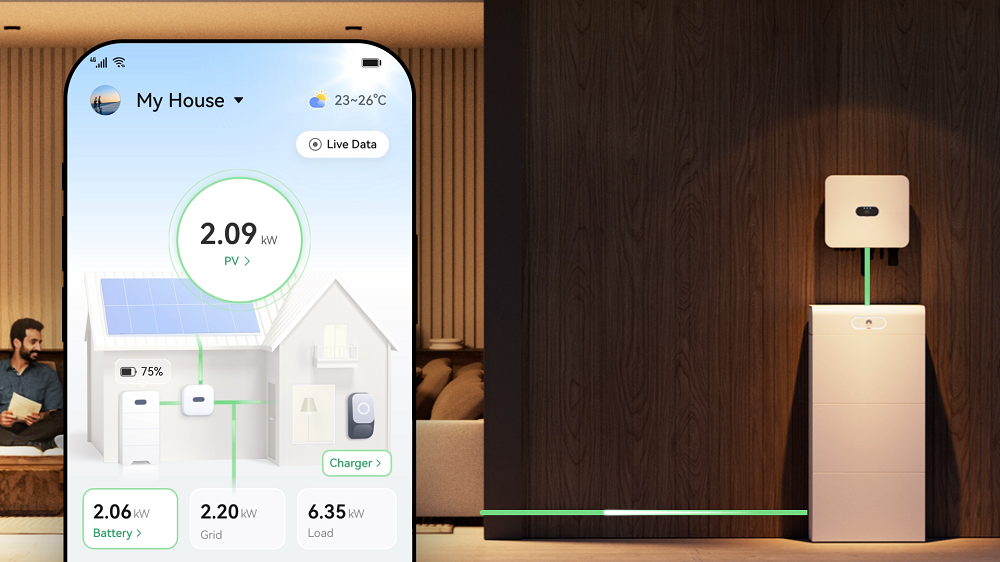
Safety is key – above and below the roof
One issue that has followed lithium-ion battery energy storage around for some time is safety. House fires from incorrect or faulty charging devices have been reported from around the world as charging of E-bikes and electric vehicles increases.[i]
The Luna S1 has been designed with care in consideration of these concerns. The roof components are equipped with the highest available level of smart arc protection (L4) and component-level rapid shutdown, with appliance-level EMC protection below, ensuring all members of the household can sleep soundly.
Under the roof, the Luna S1 features what Huawei calls a ‘five-layer’ safety protection mechanism, covering cell-level, electrical, structural, active, and emergency protections.
These safety systems include active pressure release technology, protection against overcharge and external short circuits, and a unique, emergency fire suppression module. The system has already passed a multitude of safety certifications, including VDE 2510-50, IEC 62169, ISO 13849 and more, which should provide extra safety assurance for end-use customers.
To be truly sustainable, the system also needs to be resilient. In the last few years, Europe has seen floods, earthquakes and wildfires. With some northern European countries bordering the Arctic Circle, the Luna S1 needs to be temperature tolerant too. Huawei says the product can adapt to extreme working environments, with an operating temperature range of -20°C to +55°C, ensuring green power supply even in the coldest of conditions. For flood protection the system supports IP66 level protection, passing a 72-hour submersion safety test at a depth of 40cm.
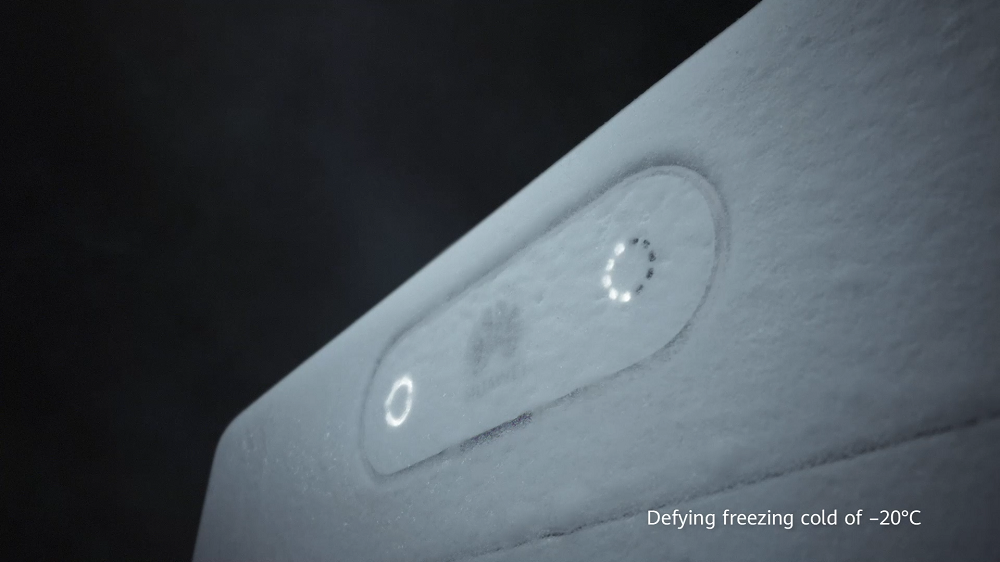
Finally, Huawei has also considered scenarios where the unit is installed in a garage (which is likely for families with EVs to charge) and say that the outer casing of the battery storage unit protects against accidental collisions, withstanding pressures of up to 5 tons.
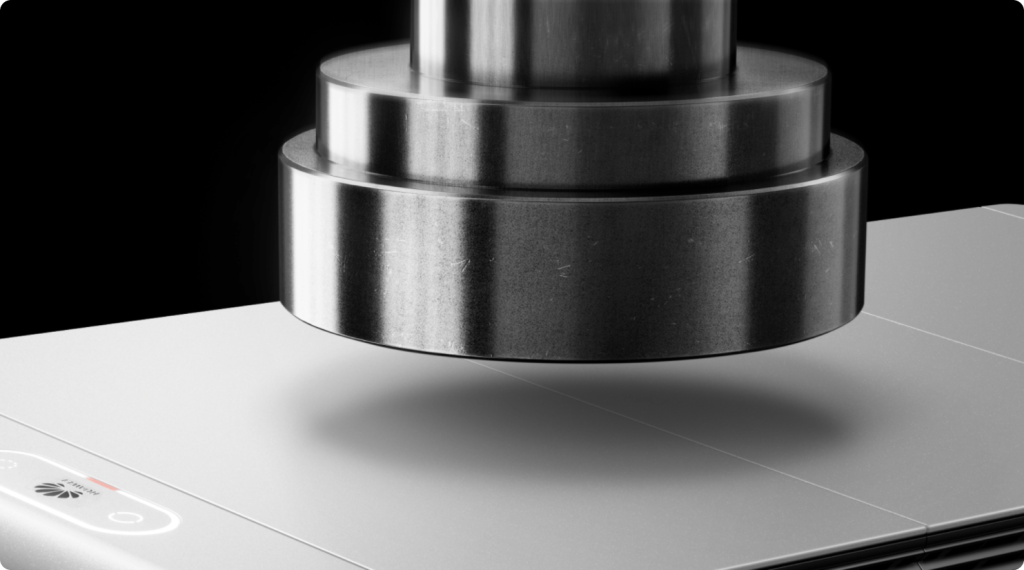
Smart and sleek
Over the last few years Europe has experienced a turbulent time, surviving extreme weather events, high-energy prices, and a cost-of-living crisis. Energy independence and action on climate change are also driving Europe’s shift to more sustainable living, and residential energy storage is at the heart of this change.
PV storage may be the ideal solution for those who want to go green while searching for a respectable return on investment. Huawei’s offer includes high-end, unique safety features, flexible design that can accommodate EV charging, and real-time monitoring and management.
It also features a quick and simple setup process, streamlined maintenance and capacity growth, with simple app configuration. Boasting a sleek, ultra-modern appearance, and no trailing cables, the Luna S1 is also surprisingly quiet at 29dB operating volume, all of which contributes to a positive user experience.
For more information on the Huawei Luna S1 click here
[i]https://www.bbc.co.uk/news/articles/ckk7q4wydl0o#:~:text=People%20are%20being%20warned%20about,16%3A30%20GMT%20on%20Wednesday


